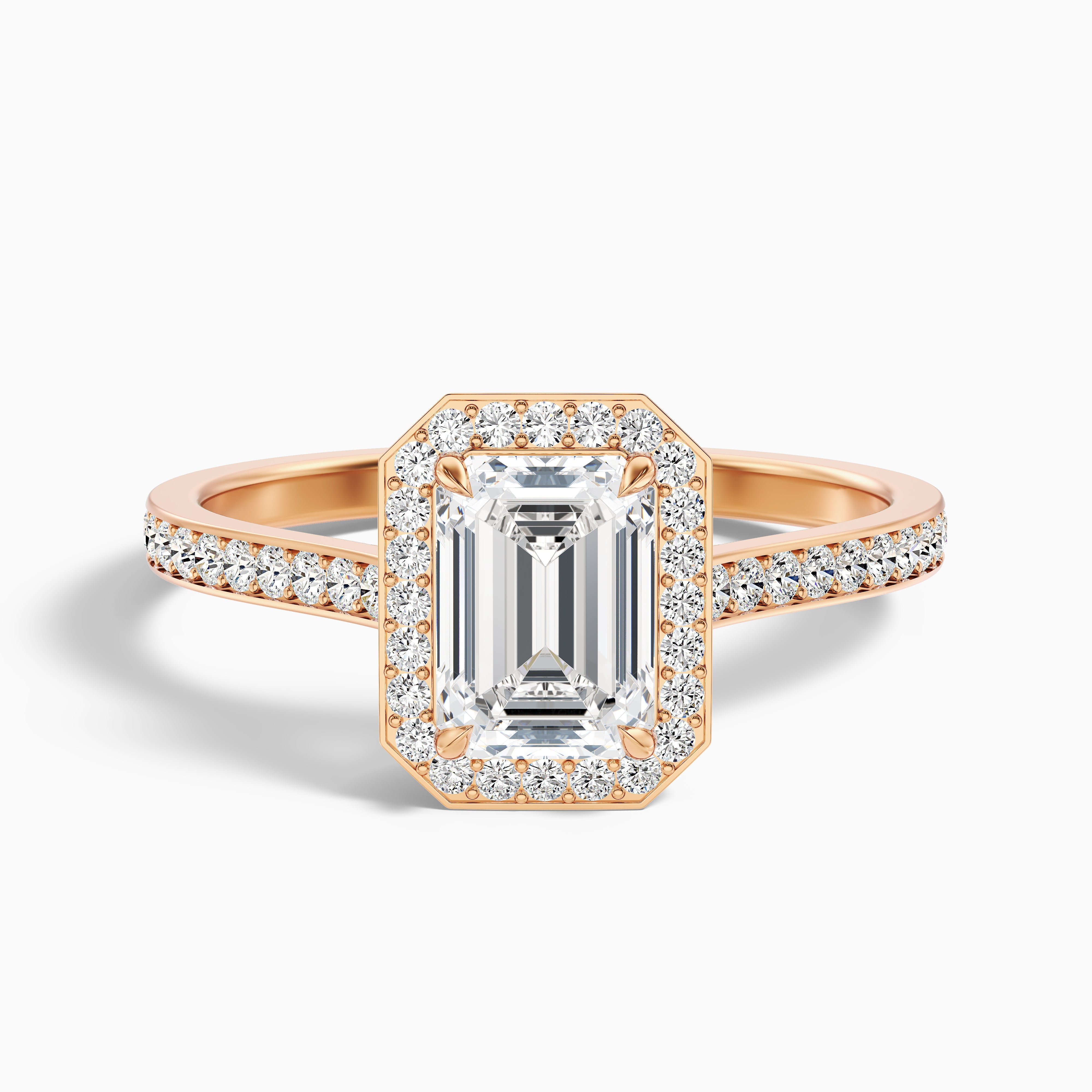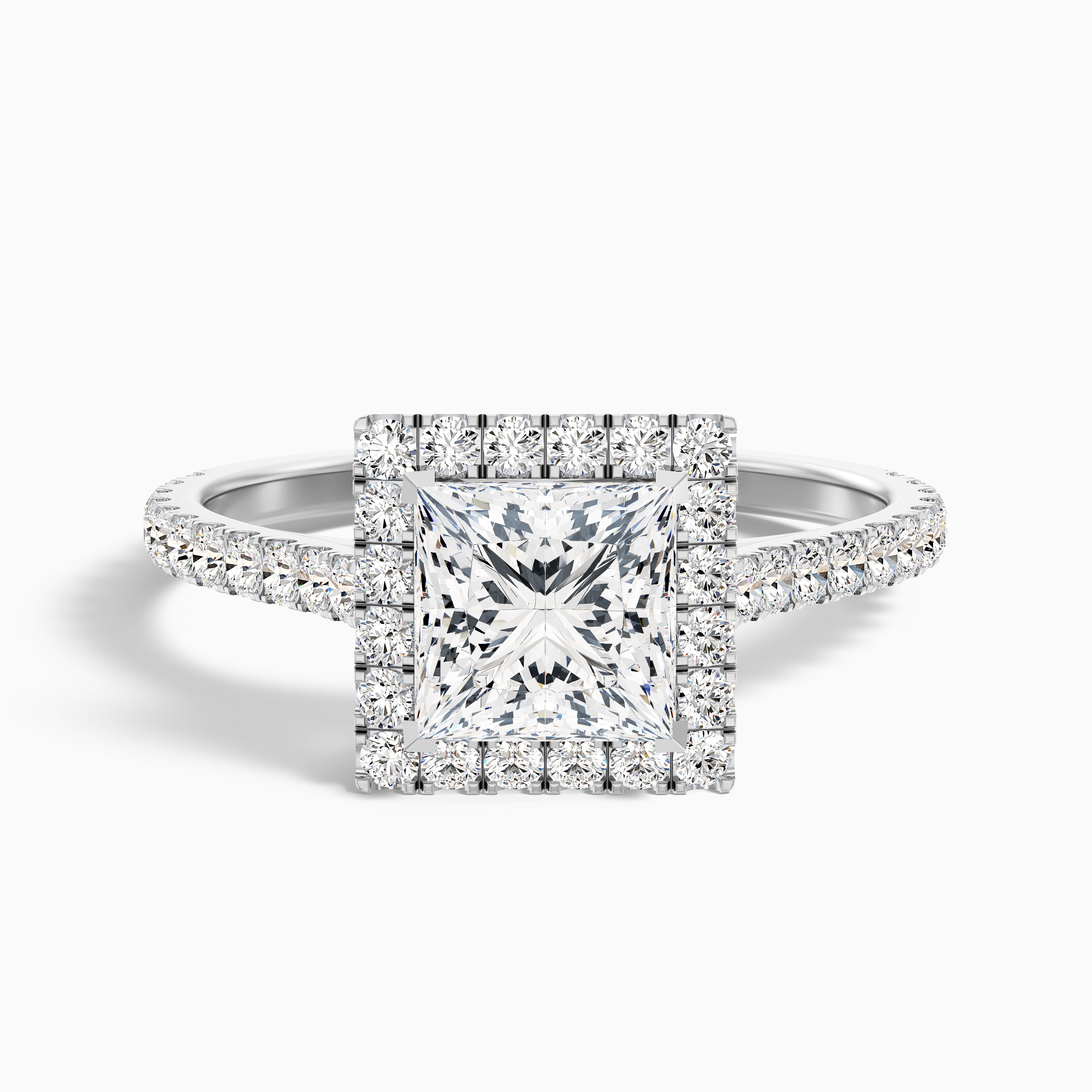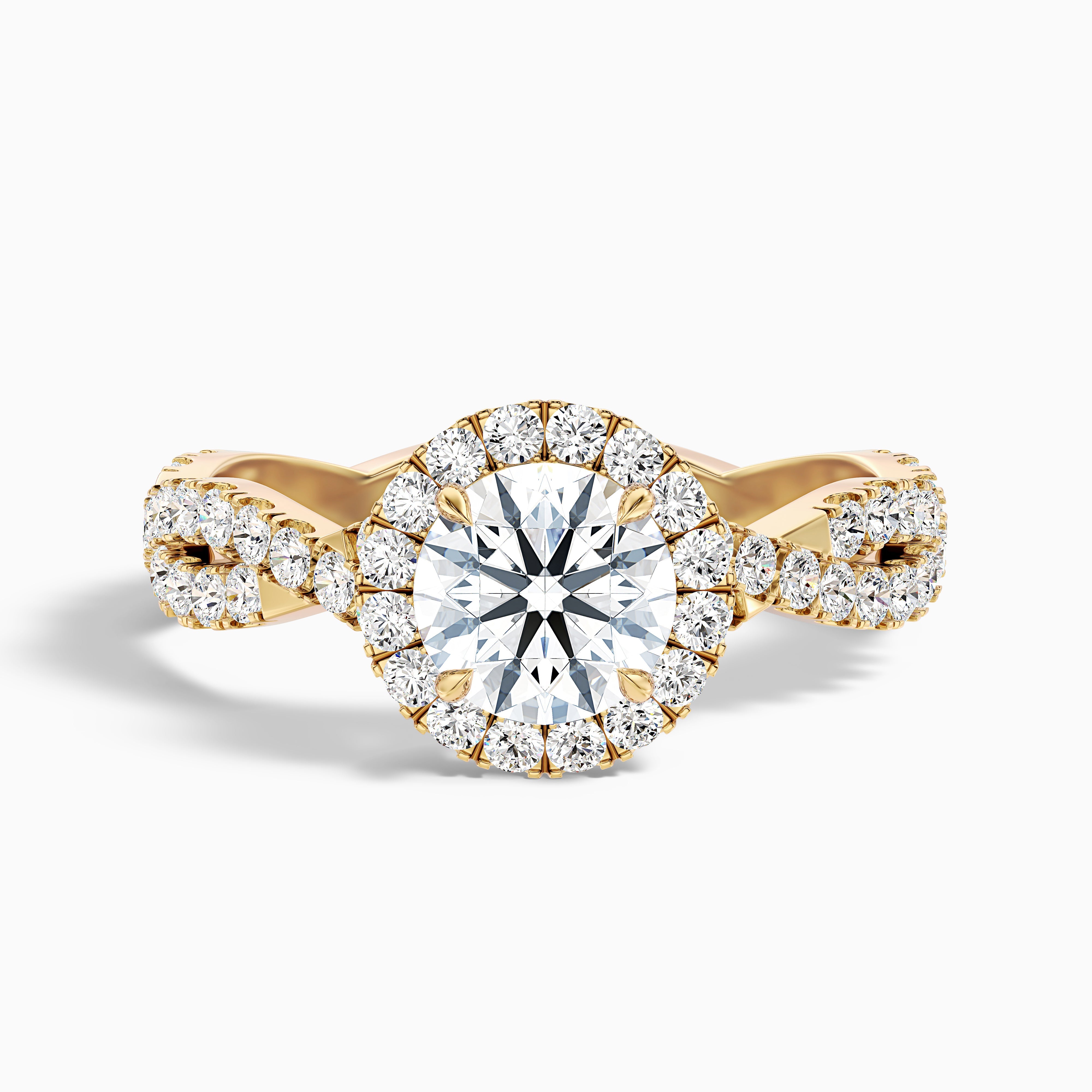How Much Does a 2 Carat Lab Grown Diamond Cost?

Lab grown diamonds are changing how people buy engagement rings and fine jewelry. Unlike natural diamonds, which take billions of years to form underground, these diamonds are made in labs using advanced technology. The best part? They look the same as mined diamonds but cost way less.
A 2 carat diamond is a popular choice and big enough to make a statement but still affordable compared to natural diamonds. If you're wondering how much a 2 carat lab grown diamond costs, this guide breaks it all down. We’ll cover prices, what affects them, where to buy, and how to get the best deal.
What Are Lab Grown Diamonds?
Lab grown diamonds are exactly what they sound like: diamonds created in a controlled environment instead of being mined from the earth. These gems are made using two main methods: Chemical Vapor Deposition (CVD) and High Pressure High Temperature (HPHT). Both processes mimic the conditions deep within the earth where natural diamonds form over billions of years.
The best thing about lab grown diamonds is that they’re chemically and physically identical to natural diamonds. If you put them under a microscope, even experts wouldn’t be able to tell the difference without specialized equipment. This means they sparkle just as brightly and have the same durability as their natural counterparts.
Another big advantage of lab grown diamonds is their ethical and sustainable appeal. Since they don’t involve mining, they avoid some of the environmental and social concerns associated with traditional diamond extraction. This makes them a great option for people who care about sustainability but still want a high-quality gemstone.
Related Read: Lab Grown V.S. Natural Diamonds: All You Need To Know
Average Cost of a 2 Carat Lab Grown Diamond
So, how much does a 2 carat lab grown diamond cost? The answer depends on several factors, but generally, you can expect to pay anywhere from $1,500 to $3,000. Most people find that mid-range options fall between $2,500 and $4,000. These stones typically have a Good cut, G-H color, and VS2 clarity, which strikes a nice balance between beauty and affordability.
For comparison, a natural diamond of the same size and quality would set you back $15,000 to $25,000 or even more. That’s a huge difference! With lab grown diamonds, you can get a much larger stone for a fraction of the price. This makes them an attractive option for anyone who wants a show-stopping piece of jewelry without spending a fortune.

What Affects the Price of a 2 Carat Lab Grown Diamond?
When shopping for a 2 carat lab grown diamond, it’s important to understand what drives the price up or down. Here’s a breakdown of the key factors:
Cut
The cut of a diamond plays a major role in how much it costs. Diamonds with ideal or Excellent cuts are more expensive because they reflect light better, creating maximum sparkle. Investing in a higher quality cut is worth it if you want your diamond to shine. However, if you’re looking to save money, a Very Good cut can still look fantastic while costing less.
Color
Color grades range from D (completely colorless) to Z (light yellow or brown). Diamonds graded D–F are considered colorless and tend to be pricier. Near-colorless diamonds (G–J) offer a great compromise but they still look white to the naked eye but come at a lower cost. For most people, a G or H color grade provides excellent value.
Clarity
Clarity refers to the presence of tiny imperfections, called inclusions, inside the diamond. Stones graded Flawless or Internally Flawless have no visible inclusions even under magnification, making them the most expensive. On the other hand, diamonds with minor inclusions (like those graded VS2 or SI1) are much more affordable. The good news is that these inclusions are invisible to the naked eye, so you won’t sacrifice beauty for savings.
Shape
The shape of the diamond also impacts its price. Round diamonds are the most sought-after and, therefore, the priciest. Fancy shapes like oval, cushion, or emerald cuts are typically less expensive. If you’re trying to maximize your budget, opting for one of these shapes could save you a significant amount.
Certification
Certifications from reputable organizations like the Gemological Institute of America (GIA) or the International Gemological Institute (IGI) add credibility to a diamond’s quality claims. While certified diamonds may cost slightly more, this extra assurance ensures you’re getting what you paid for.
Brand & Seller Reputation
Finally, where you buy your diamond matters. High end brands may charge a premium for their name, while smaller retailers might offer better deals. Always research the seller’s reputation before making a purchase.
Price Comparison: Lab Grown Vs. Natural Diamond
Let’s take a closer look at how the prices stack up between lab grown and natural diamonds. On average, natural diamonds cost 4–6 times more than lab grown ones. To illustrate this, here’s a simple comparison:
| Factor | Lab Grown Diamond | Natural Diamond |
|---|---|---|
| Price Range | $1,500 – $3,000 | $15,000 – $25,000+ |
| Cut Quality | Excellent | Excellent |
| Color Grade | G – H | G – H |
| Clarity Grade | VS2 | VS2 |
As you can see, the price gap is enormous. Yet, when you hold the two side by side, they look almost identical. Unless someone tells you, there’s no way to tell whether a diamond is lab grown or natural just by looking at it. This makes lab grown diamonds a smart choice for anyone seeking luxury on a budget.
Best Places to Buy a 2 Carat Lab Grown Diamond
Now that you know what to look for, where should you shop? One highly recommended retailer is CaratBee, known for its wide selection and transparent pricing. Other trusted online jewelers include James Allen and Blue Nile, both of which allow you to filter diamonds by cut, color, clarity, and price.
When choosing a retailer, keep these tips in mind:
- Look for transparency in pricing and grading.
- Check if the diamond comes with certification from a recognized authority like GIA or IGI.
- Review the return policy in case the stone doesn’t meet your expectations.
- Use filters to narrow down your options based on your preferences.
Taking the time to compare different stones will help ensure you find the perfect diamond at the right price.
Tips for Getting the Best Value
Want to stretch your budget even further? Here are some practical tips to help you get the most bang for your buck:
Choose Near Colorless Diamonds
Instead of splurging on a D - F color grade, consider G - H diamonds. These stones appear white to the naked eye and cost significantly less. Unless you’re planning to pair the diamond with platinum or white gold settings, the slight tint won’t be noticeable.
Choose Slightly Included Stones
Diamonds with VS2 or SI1 clarity ratings often have inclusions that are only visible under magnification. By selecting one of these grades, you’ll save money without compromising on appearance.
Go for Elongated Shapes
Fancy shapes like oval, marquise, or pear give the illusion of being larger than round diamonds of the same carat weight. This can make your ring stand out even more without increasing the price.
Shop During Sales
Many jewelers run promotions during holidays like Black Friday, Cyber Monday, or Valentine’s Day. Keep an eye out for discounts and special offers to snag a great deal.
Conclusion
Buying a 2 carat lab grown diamond is a smart move if you’re looking for a beautiful, high-quality gemstone at a reasonable price. With prices ranging from 1,500 to 3,000, these stones offer incredible value compared to natural diamonds, which can easily exceed $25,000. By understanding the factors that affect pricing, such as cut, color, clarity, and shape so you can make an informed decision that fits your budget and style preferences.
Whether you choose a round diamond or a trendy fancy shape, lab grown diamonds provide the same brilliance and durability as natural ones. Plus, their ethical and sustainable origins make them a guilt-free choice. So go ahead, explore your options, and find the perfect 2 carat lab grown diamond that meets your needs.






